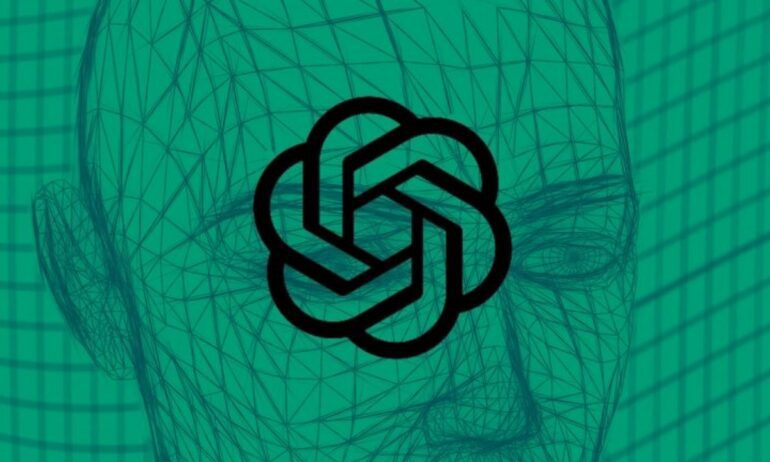TL;DR:
- OpenAI establishes Superalignment to address concerns regarding the risks of superintelligent AI surpassing human capabilities.
- The primary goal is to prevent chaos or human extinction caused by superintelligence.
- Superalignment aims to build a team of top researchers to develop an automated alignment researcher for safety checks on superintelligent AI.
- OpenAI acknowledges the challenges but remains optimistic about solving the problem of superintelligence alignment.
- AI tools like ChatGPT and Bard have already brought significant changes, and their impact will continue to grow.
- Governments worldwide are working on regulations for responsible AI deployment, but the lack of a unified international approach poses challenges.
Main AI News:
The rapid advancements in artificial intelligence (AI) have sparked concerns among experts regarding the potential risks associated with highly intelligent AI systems. Geoffrey Hinton, renowned as the “Godfather of AI,” recently expressed his apprehension about the possibility of superintelligent AI surpassing human capabilities and triggering catastrophic consequences for humanity. OpenAI’s CEO, Sam Altman, has also acknowledged his fear of the potential impacts of advanced AI on society.
Responding to these concerns, OpenAI has taken a proactive step by announcing the establishment of a new unit called Superalignment. The primary objective of this initiative is to prevent chaos or the extinction of humanity caused by superintelligent AI. OpenAI recognizes the immense power that superintelligence possesses and the potential dangers it poses to society.
Although the development of superintelligent AI may still be several years away, OpenAI believes it could become a reality by 2030. Currently, there is no established framework for controlling and guiding such a potentially powerful AI system, underscoring the urgent need for proactive measures.
Superalignment aims to assemble a team comprising top machine learning researchers and engineers who will focus on developing a “roughly human-level automated alignment researcher.” This researcher will assume the critical responsibility of conducting safety checks on superintelligent AI systems. OpenAI acknowledges the ambitious nature of this goal and recognizes that success is not guaranteed. However, the company remains optimistic that, with a concentrated and collaborative effort, the challenge of aligning superintelligence with human values can be overcome.
The emergence of AI tools like OpenAI’s ChatGPT and Google’s Bard has already brought significant transformations to the workplace and society. Experts predict that these changes will continue to accelerate in the near future, even before the advent of superintelligent AI.
Governments worldwide are cognizant of the transformative potential of AI and are striving to establish regulations to ensure its safe and responsible deployment. However, the lack of a unified international approach presents challenges. Divergent regulations across different countries could lead to disparate outcomes and further complicate the achievement of Superalignment’s objective.
Conclusion:
OpenAI’s Superalignment initiative reflects the company’s commitment to addressing the potential risks associated with superintelligent AI. By assembling a team of experts and focusing on aligning AI systems with human values, OpenAI aims to ensure safe and responsible AI development. This initiative signals a significant effort towards responsible AI, which will likely shape the market by influencing the development of regulations and governance structures for AI technologies. As businesses navigate the evolving AI landscape, they should stay informed about these developments to align their strategies with responsible and beneficial AI deployment.

